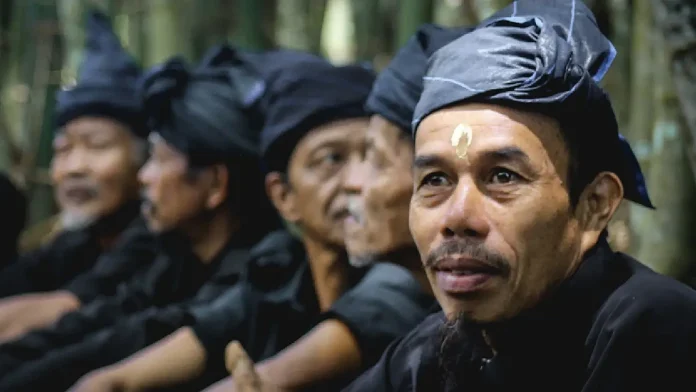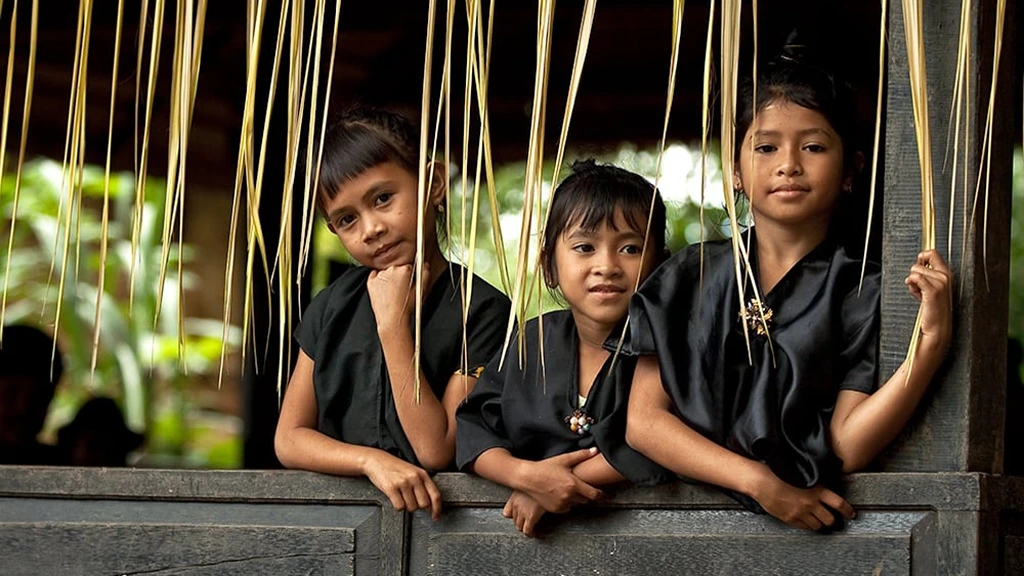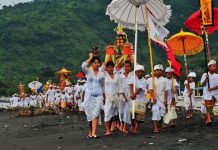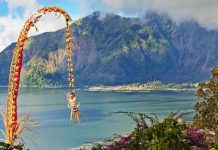Indonesia is home to 1,340 ethnic groups with diverse ethnicities, languages and dialects, as well as unique customs and traditions.
One of the indigenous communities that still strongly upholds its culture and customs is the Ammatoa Kajang tribe. This tribe is located in Tana Toa Village, Kajang District, Bulukumba Regency, South Sulawesi Province.
From Makassar, the largest city in eastern Indonesia and the capital city of South Sulawesi province, we can visit the Kajang Indigenous Village, which is about 200 kilometers from the city of Makassar.
The Kajang people one of the oldest tribes in South Sulawesi, recognized for their all-black clothing and their tradition of going barefoot.
They stand apart from other communities in Bulukumba Regency, as they still faithfully preserve and honor the traditions passed down from their ancestors.
There are many other fascinating aspects of the Ammatoa Kajang Tribe:
The Ammatoa Kajang Tribe maintains a lifestyle that emphasizes harmony and balance with their environment, consistently preserving their connection with nature and honoring their ancestors. Uniquely, the Kajang tribe is highly selective about adopting outside influences, particularly modern technologies, as they may disrupt their relationship with the natural environment.
Clothing
For the Kajang people, black holds deep cultural significance and is considered a sacred color. It symbolizes equality in all aspects, including simplicity. Black represents strength and equality among all people before the Creator. In daily life, the Kajang people wear all-black attire and typically go barefoot. Visitors from outside Kajang are also required to wear black clothing when visiting.
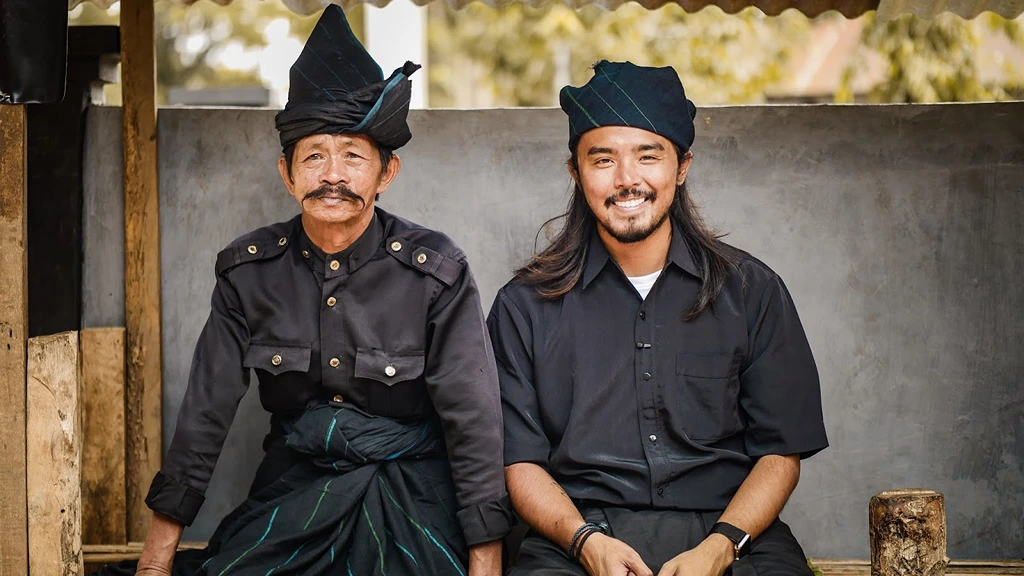
The Kajang Tribe’s traditional clothing includes the black sarong (tope le’leng), a headband for men (passapu), a black top for women (baju poko), a black top for men (baju tutu), and white knee-length shorts for men (pacaka).
Leader of the Kajang Tribe
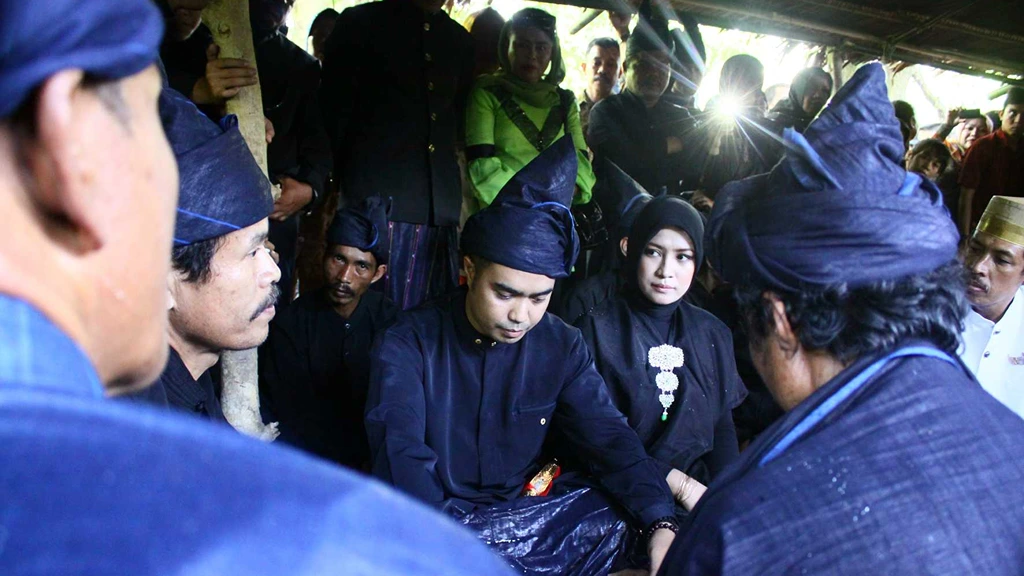
The term Ammatoa refers to the highest traditional leader within the Kajang Tribe community. In their language, “Amma” means “father,” and “Toa” means “elder.” To the Kajang people, the Ammatoa is a sacred figure chosen directly by God.
The Ammatoa is not selected by the people, nor is the role hereditary or appointed by the government. Instead, the Ammatoa is chosen through a ritual process in the Tombolo forest, a sacred area known as Turiek Akrakna (meaning “the chosen one”).
The position of Ammatoa is held for life, meaning the leader serves until they pass away.
Kajang Homes
To visit a traditional Kajang home, one must walk barefoot over rocky paths for about a kilometer from the entrance.
All homes are built in the traditional Bugis style which is raised structures with sharply pointed roofs. The frame is made from wood, while the roof is crafted from woven lontar leaves.
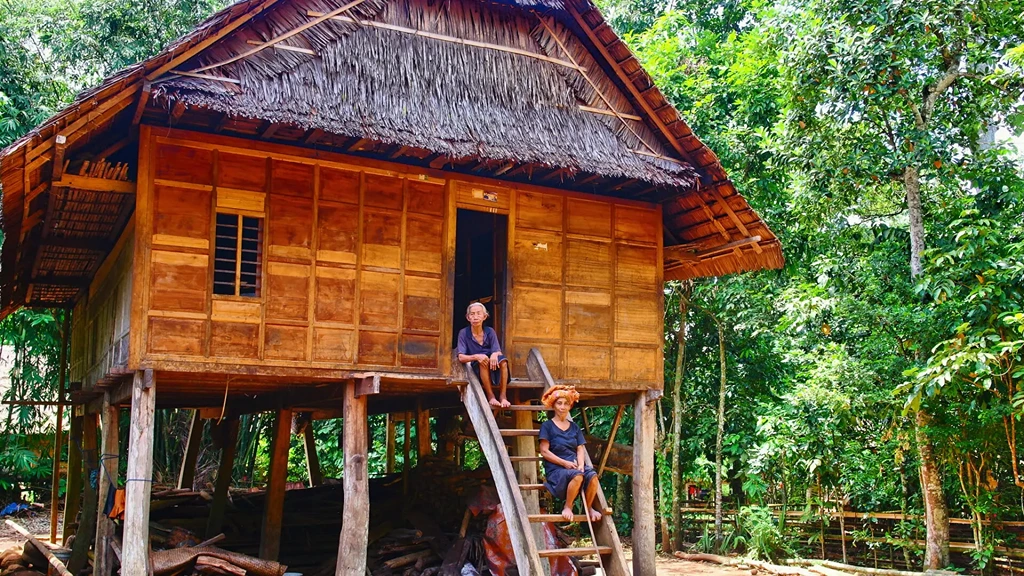
Each home has a water container, resembling a large jug, placed at the foot of the stairs. This water is used to wash off dirt after returning from outside. Alongside the water containers, several jerry cans are arranged for collecting water from a communal well. This well, located by the riverbank, is the only water source for the community aside from rainwater. It’s also a gathering place where people bathe and wash clothes in the morning.
The kitchen in an Kajang Tribe house is located at the front which symbolizes openness and honesty, ensuring guests have no doubts about the food being served.
Moreover, the kitchen being visible allows guests to observe the cooking skills of young women, as cooking ability is a prerequisite for marriage. Women hold a central role in the kitchen, especially the younger women, who must prove their cooking skills as a sign of readiness for marriage.
Rituals
The traditional rituals are passed down through generations, and are maintained as a way of life that honors traditional values and customs.
The Kajang tribe lives simply and in harmony with nature, guided by the principle of pasang ri kajang, which represents the teachings and rules to be upheld by the community.
Some rituals commonly observed are:
1. Tunu Panroli Ritual
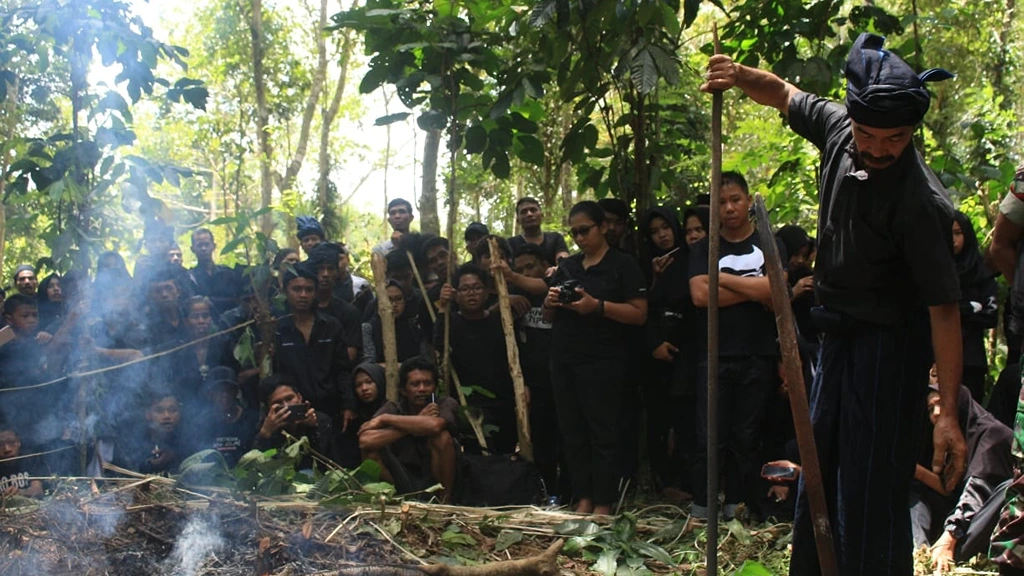
Their core philosophy is honesty, rooted in their beliefs. Deception is strongly frowned upon, as dishonesty is believed to bring misfortune to the village. In cases of suspected lies or theft, they perform a ritual to reveal the truth, called tunu panroli (burning the crowbar). In this ritual, a heated crowbar is held by those suspected of dishonesty. If a person is truthful, they will feel no burn; however, those who are lying will burn their hands.
2. Andingingi Ritual
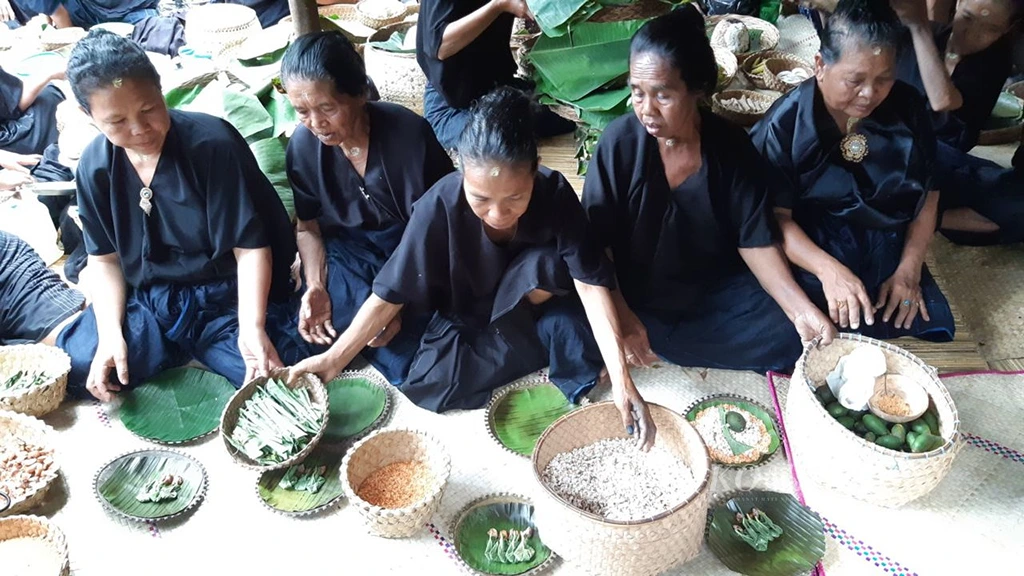
This ritual is primarily aimed at fostering harmony between the Kajang people and their environment, as well as among community members. It serves as a means of connecting with ancestral spirits and seeking their blessings and guidance.
3. Kalomba Ritual
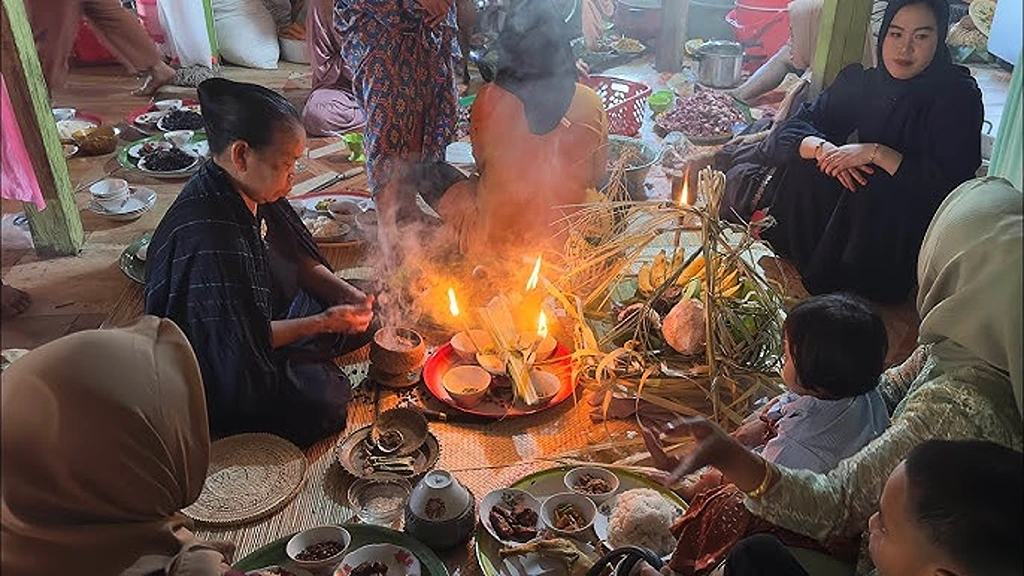
The Kalomba tradition is an integral part of the identity and distinct image of the Kajang Luar community, believed to protect against various illnesses passed down through generations. This tradition is specifically directed towards children aged four to five years old.
Tourism
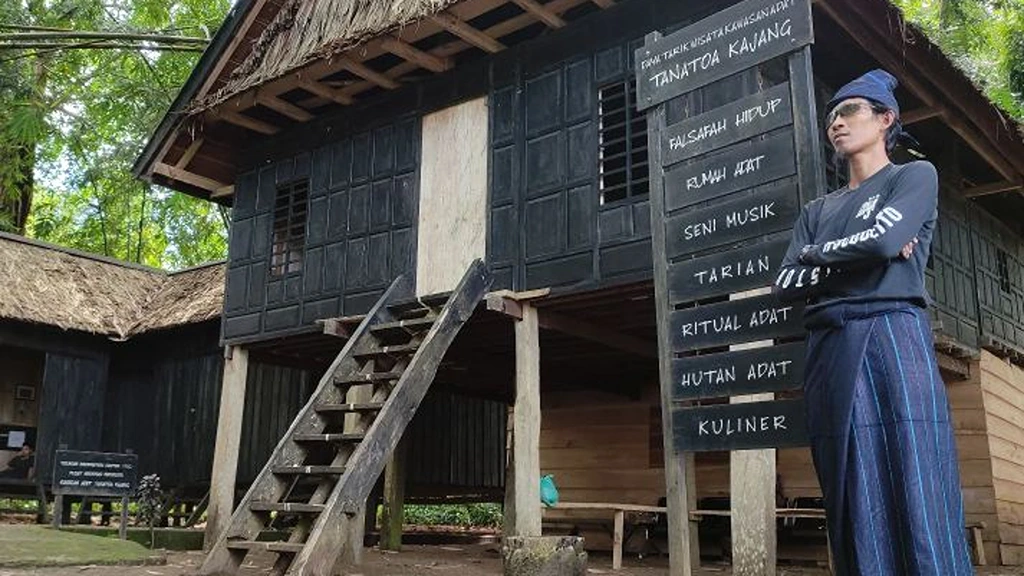
Tana Toa, a well-preserved traditional area, is highly popular among tourists, both local and international. The home of the Kajang tribe, this village is located in Bulukumba Regency, South Sulawesi, situated on the southern part of the island on the map.
A visit to the Kajang Tribe Village in Bulukumba offers a unique and immersive cultural experience, as this community strongly upholds their ancestral values and traditions.
Getting there:
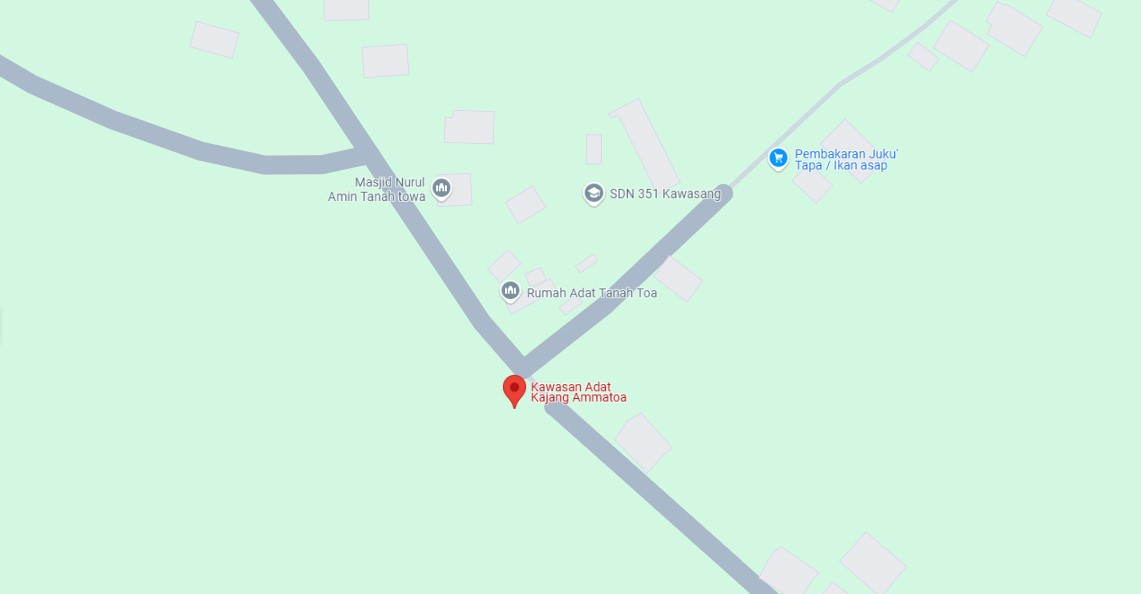
- Flight to Makassar
From outside Sulawesi, we can fly to Sultan Hasanuddin International Airport in Makassar.
2. Travel to Bulukumba
From Makassar, continue by road to Bulukumba Regency. The trip takes around 5-6 hours by car or public bus.
3. Reaching the Kajang Village
The village is in Kajang District, about 30 km from Bulukumba’s center. You can rent a vehicle or use local motorcycle taxis to reach the village.
The Ammatoa is the respected traditional leader of the Kajang tribe. If fortunate, you may hear stories or wisdom shared by the Ammatoa. If a traditional ceremony or ritual is taking place, you may be allowed to observe. Activities include traditional ceremonies, learning weaving, and hearing folklore.
- Accommodations
As facilities are limited within Kajang Village, we can stay in a hotel or homestay in Bulukumba or find a simple homestay offered by villagers in Kajang Luar.
Tips for Visiting Tana Toa Village, Kajang District, Bulukumba
- Hire a Local Guide
It’s recommended to tour with a local guide who can help us follow the customs correctly and introduce us to the Kajang culture, history, and daily life.
2. Wear Black Clothing
Visitors are expected to wear black clothing upon entering Kajang Dalam as a sign of respect. Avoid flashy accessories or clothing.
3. Follow Local Customs
In Kajang Dalam, electronic devices like cameras, phones, or recording tools are prohibited.
Visitors are also expected to follow strict behavior guidelines.
4. Bring Cash
Since ATMs are difficult to find in the Kajang area, it’s best to have cash on hand.
5. Maintain a Respectful and Humble Attitude
The Kajang people highly value tradition and simplicity.
The Kajang Village is a special destination for visitors interested in learning about traditional ways of life and local spirituality. Guests are required to observe the village’s customs, including wearing black clothing and respecting local regulations.

